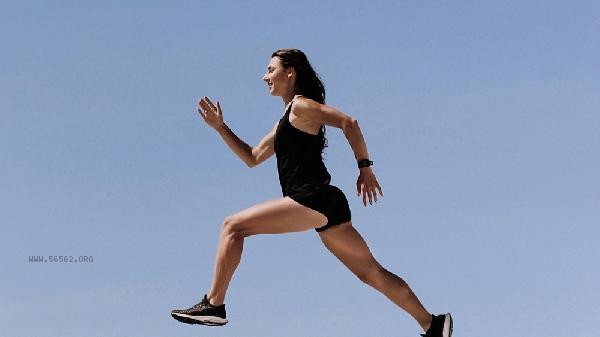Breast pain in girls during running can be relieved by adjusting sports underwear, improving running posture, controlling exercise intensity, applying hot compress and massage, and seeking medical examination. Running chest pain is usually caused by discomfort in underwear, muscle strains, breast hyperplasia, costochondritis, cardiovascular problems, and other reasons.

1. Adjust sports underwear
Choosing professional high-intensity sports underwear can effectively reduce breast shaking and avoid breast tissue pulling pain. The shoulder straps and bottom circumference of the underwear should fit snugly but not compress, and the fabric should be breathable and sweat wicking. Before exercising, a jump test can be done to confirm that the underwear has sufficient support. breastfeeding women are recommended to choose front button nursing sports underwear.
2. Improving Running Posture
A hunchback posture with a chest can cause sustained tension in the pectoralis major muscle, leading to pain. When running, the torso should be kept upright, the shoulder blades should naturally sink, and the swing range of the arms should not be too large. Novice runners can engage in wall standing posture training to experience the correct power application pattern. After exercise, do chest expansion exercises to relax the chest muscles.
3. Control exercise intensity
Sudden increase in running volume or speed can lead to intercostal muscle fatigue and soreness. It is recommended to adopt a running and walking alternation method, with a weekly increase of no more than 10%. During exercise, the heart rate should be controlled within the range of 60% to 70% of the maximum heart rate. Hormonal changes before menstruation may exacerbate breast sensitivity, and training intensity can be appropriately reduced.

4. Hot compress massage
If muscle soreness occurs after exercise, apply a hot towel at around 40 degrees Celsius to the affected area for fifteen minutes to promote local blood circulation. Combined with gentle clockwise massage, focus on relaxing the pectoralis major and intercostal muscles. The swelling and pain caused by breast hyperplasia can be alternately treated with cold and hot compresses, avoiding the nipple area.
5. Medical examination
Prolonged chest pain accompanied by difficulty breathing should be checked for pneumothorax, and a sharp pain may indicate costochondritis. Breast lumps unrelated to the menstrual cycle should be ruled out as breast diseases. Electrocardiogram and chest CT can differentiate cardiac pain. Medications such as ibuprofen sustained-release capsules, diclofenac sodium patches, and Rupixiao tablets can be used according to medical advice.

In daily life, it is important to warm up adequately before exercise and choose a plastic running track to reduce impact. Eat more high-quality protein and vitamin E, and control caffeine intake. Reduce jumping exercises before menstruation and choose low impact activities such as swimming. Regular breast self-examination is recommended, and women over 40 years old are advised to undergo annual breast ultrasound screening. If there is persistent pain or abnormal discharge, it is necessary to seek medical attention from a breast surgeon in a timely manner.






Comments (0)
Leave a Comment
No comments yet
Be the first to share your thoughts!